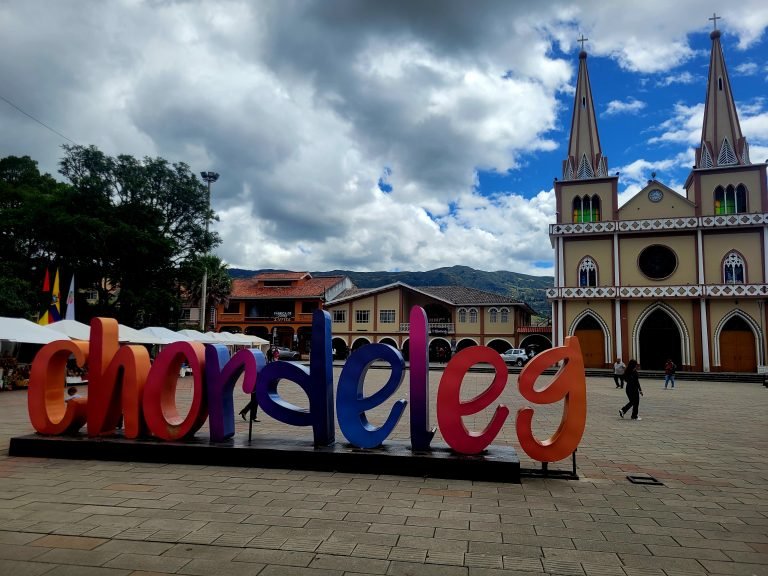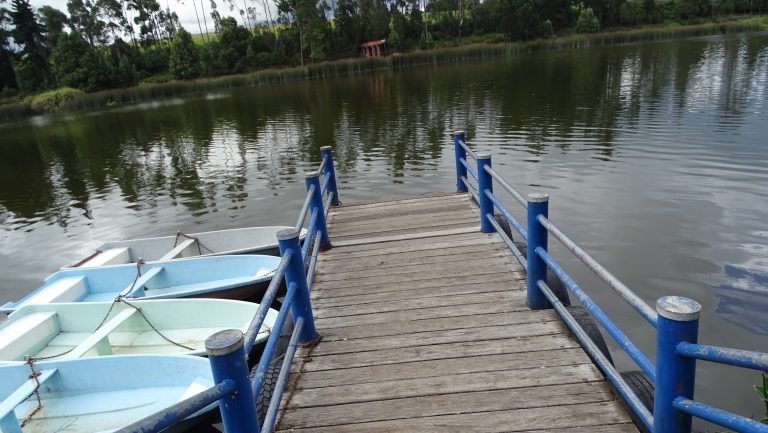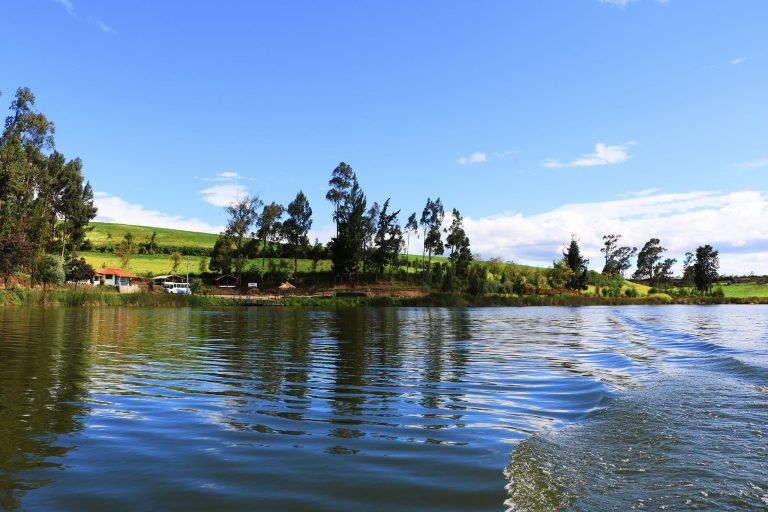Visiting Chordeleg felt like stepping into a magical corner of time. From the moment I set foot in its central square, I felt a serene, artisanal energy—as if the entire village spoke in whispers made of golden threads, ancient stories, and wise hands.
☕ An Arrival Tasting of Tortillas and Coffee
The day began with a peaceful walk through the central plaza, which greeted us with clean air, story-filled benches, and the soft murmur of neighbors greeting each other. As soon as we arrived, the irresistible smell of freshly made tiestotortillas pulled us in. We couldn’t resist. We sat under the shade of a tree and paired them with warm coffee. It felt like a hug for the soul.
While we ate, we struck up a conversation with some locals who, with the typical warmth of Ecuador’s Austro region, recommended having lunch at the central market. “You have to try the hornado with cascaritas,” they told us. And they were right! The hornado was juicy, and the cascaritas were perfectly crispy—an iconic dish worth savoring slowly.
💍 Conversations with History: La Huaca Jewelry
One of the most memorable moments of the day was our visit to La Huaca Jewelry, lovingly run by Mrs. Cumandá Espinosa. As we entered, we were enveloped in the scent of carefully worked metal. Every display case reflected not just jewelry, but stories. It was she who, with a calm and steady voice, shared the history of the place.
Chordeleg, whose name comes from the Cañari word churic-lec, meaning “plain of gold,” was home to ancient peoples who mastered the art of goldsmithing. Beneath the central church, according to Cumandá, sacred metal relics (huacas) were found—revealing a past rich in spiritual and artistic connection. These Indigenous communities didn’t just work gold; they transformed it into language: earrings symbolizing fertility, necklaces telling tales of hierarchy, bracelets protecting their wearers.
Cumandá isn’t just a jeweler; she’s a storyteller of memory. In her workshop, every piece holds an echo of those times. She showed us rings inspired by ancestral huacas, pendants shaped like ritual objects, and earrings engraved with Cañari motifs. “We don’t just sell jewelry here,” she told us with a smile. “We return the soul to the earth.”
And well… with so much history and beauty, I couldn’t resist. Of course, I left with a few new treasures! Earrings that winked at me and a pendant that, according to Cumandá, symbolizes protection. Just in case… and because everyone deserves to shine a little.
⛪ Traces of Gold Beneath the Church
During our walk through the village, after hearing the story, we visited the central church—a modest, white, welcoming structure. I imagined how beneath this imposing building, ancient gold and jewels had been unearthed. Hidden treasures from the Cañari era that now form part of the invisible heritage still vibrating in Chordeleg’s soil.
💒 Witnesses to a Love Story… and the Desire to Marry Again?
While browsing one of the many jewelry shops, we witnessed a heartwarming scene. A couple in love was choosing their wedding rings. The emotion in their eyes, their nervous laughter, their whispered love… it was like watching Chordeleg’s soul beating in real-time.
And I won’t lie—seeing that made me want to get married again! Even if just symbolically, to myself… because with jewelry like that, who wouldn’t say “I do”?
🏡 Strolling Among Colonial Houses and Artistic Display Windows
We continued walking through Chordeleg’s main streets, lined with colonial-style houses, flowered balconies, and wooden doors. Every block is like a postcard. The jewelry shop windows sparkled with their own light: rings, earrings, necklaces, amulets, pendants… all handmade, with love, and centuries of tradition.
We couldn’t stop looking. In every piece, you could feel the dedication and lineage of artisans who’ve passed down their craft for generations.
🎨 Craft Fair in the Plaza
Back in the central square, we stumbled upon a weekend craft fair. There you can find everything: handmade crafts, souvenirs, woven hats, embroidery, local produce—and of course, jewelry. All made by hand, with care and cultural pride.
It was beautiful to see how the community comes together, shares, and preserves their knowledge. Every smile, every conversation with an artisan, made us feel even more at home.
🚌 How to Get to Chordeleg
It’s very easy. From Cuenca’s terminal, there are frequent buses to Chordeleg. The ride takes about 45 minutes, and the fare is affordable. The best plan is to leave early so you can enjoy the whole day.
💛 Chordeleg Embraced Me with Its Art
Leaving Chordeleg was hard. I felt like I left a part of myself behind among its golden displays and tiesto tortillas. This is not just a place to buy jewelry—it’s a town that holds treasures of the soul: love stories, ancestral memories, and an art kept alive by hands like Cumandá’s.
If you ever need to reconnect with the beauty of simplicity and authenticity, come to Chordeleg. Walk, listen, eat, ask… and let this golden-hearted village tell you its story.

Article written by Lia – Holistic Coaching | Instagram: @lia_hec | WhatsApp: +593 979881234 | Photos: personal file




